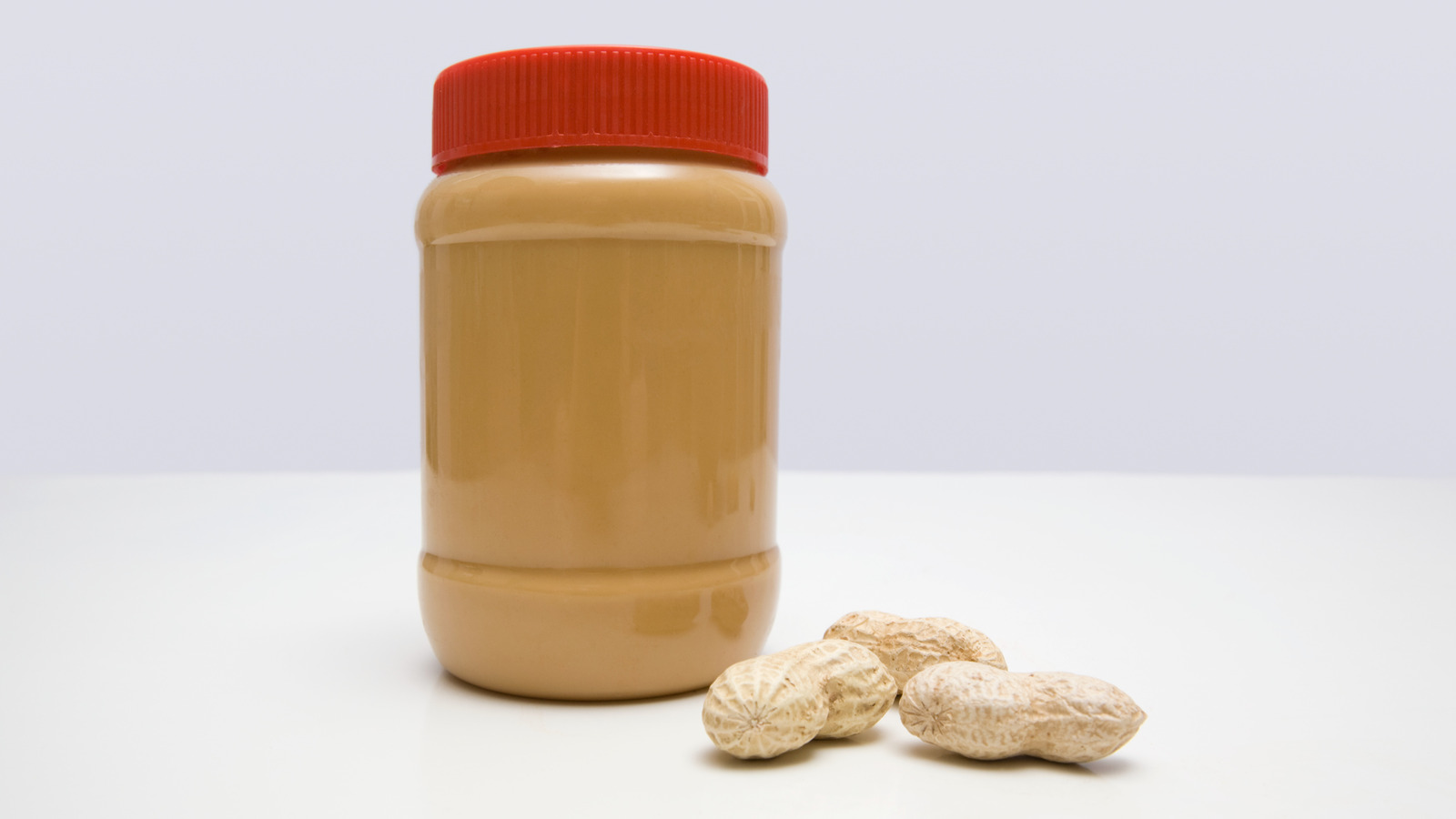
Lemon curd can add a tangy, sweet surprise in everything from an to holiday favorites like a , but also as a filling for cakes, crepes, cream puffs, macarons, and pies. It can also be used as a spread on muffins, toast, pancakes, waffles, and scones, similar to the way you'd spread custard and jam. The reason why it's so delectable is because it adds the right amount of pucker and tanginess to any dessert or sweet breakfast treat.
You can thank Meyer lemons for that. Its distinct flavor comes from Meyer lemons which are a cross between regular lemons and Mandarin oranges. This hybrid lemon offers a sweeter, less acidic and more aromatic flavor compared to regular ones.
Although you can use regular lemons to make lemon curd, it won't be as robust in flavor. Traditionally, lemon curd is made with the zest and juice of Meyer lemons, egg yolks, and, ideally, pulverized granulated sugar. Depending on the recipe you look at, you might see egg yolks and butter on the ingredient list.
No matter the recipe you use, the process of making it in a bain marie can be quite daunting, but if you're pressed for time or just want to try a simpler method, the trusty microwave is there for you. Why the microwave is perfect for making lemon curd Usually, we think of the microwave as the best way to quickly reheat our leftover food or pop some extra buttery popcorn. But, it has more potential than that.
It has the ability to reduce prep time and can even . Normally, when you make lemon curd you heavily rely on the oven because you need a thick pot or a double boiler. With the microwave, all you need is a bowl and a whisk.
To properly make microwave lemon curd, you need to pay attention to how often you need to stir your ingredients. The key to doing this is to focus on microwaving your ingredients in 1-minute intervals and making sure to constantly stir everything after each go. The goal is to create a thick, creamy consistency that can be used for numerous desserts and treats.
When you notice the curd starts to thicken, add cold butter cubes to cool it down, and gently work it through a strainer to separate it from any globby bits of egg or zest. Pay close attention to consistency — when the mixture sticks to the back of a spoon, it's ready; don't microwave your curd into a chunky mess. Recommended.














